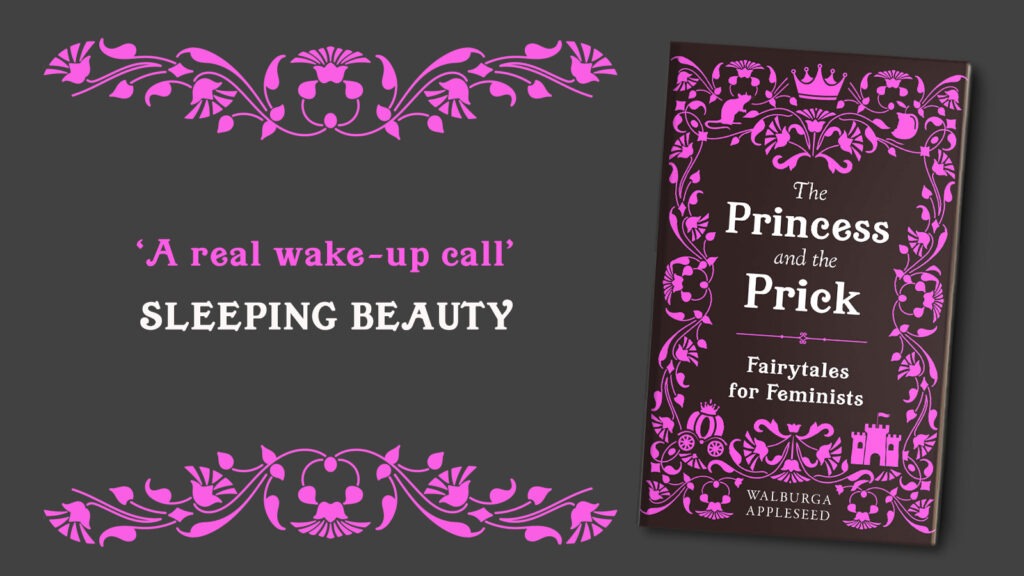How an Old Shoebox Inspired My New Novel – Samantha King
I started writing The Secret Keeper’s Daughter during a school holiday. While our two children were busy having fun, I seized the chance to rifle through their cupboards to sort out outgrown clothes and unwanted toys. Anything that might be passed to the charity shop, while setting particularly precious items aside to be kept. (Yes, I’m very sentimental and still have bundles of their baby clothes and artwork tucked away!) A pre-new-term clear-out – something I do regularly.
On this particular occasion, however, what I extricated from the piles of loved-to-bits teddies and scuffed school shoes was something that stopped me in my tracks. It was an old, slightly battered, once-white oblong box, every surface covered in sticky gems, bits of coloured felt and childish felt-tip scrawl. My heart squeezed; I instantly recognised that box, and what used to be in it. Not the latest in a never-ending succession of ‘must have’ trainers, but little folded scraps of paper. Notes. Worries. It was a homemade, child-made worry box.
Let me wind back a few years, to before I became a mum, to when I was a newly qualified psychotherapist volunteering at a wonderful counselling organisation dedicated to helping young people. There are all kinds of reasons a young person might seek counselling, but at the heart of the matter is a need to talk – and to be heard. Understood. To work through their problems in a safe, empathic space where there is respect, trust and no sense of judgement.
I carried all these ideals with me as a fledgling counsellor; determined to put my training to good purpose. I soon realised that while working with young people was the most rewarding thing I had ever done, it was also the most challenging. It wasn’t the listening or even the talking; it wasn’t the inch-by-inch building of trust, nor the threat of emotional overload after learning about so many difficult, often heart-breaking experiences. I had a supervisor; I had expert help to support and guide me. What challenged me most was silence.
Whenever a child or young adult sat silently with me in the counselling room, locked inside their own pain, insecurity or mistrust, it pushed me to the limits of my experience and emotional capacity. Grown-up clients are often presented in the same way, but adults have had time to develop greater cognitive maturity: over the years, we become more adept at finding the words. Not always the right or true ones, or the ones we really want to say, but still . . . words.
Having been an editor for many years, words are incredibly important to me. I’m acutely aware of their significance; I’m attuned to their absence. Sitting with a young child in emotional turmoil or distress, knowing they want to talk but seeing their struggle to express themselves, or even to understand what’s going on, I became deeply aware of the importance of looking at the world through a child’s perspective: what they see and hear; what they understand – or misunderstand. And how to help them articulate and work through it.
Wind forward to when I became a mum of two, and I realised that – at different times – both my children were internalising worries they were struggling to express. I should say firstly that being a counsellor wasn’t as big a help to me as you might think! A parent’s instinct to fix, to make it all better, is very strong, and I often found myself pleading with them to just tell me! Then I saw a brightly coloured box at the back of one of their school classrooms, and I had a lightbulb moment: a worry box. A place where any child could discreetly post notes about what was bothering them.
During that school holiday, as I sat cradling the worry box I had used with my own children, my head buzzed with thoughts: about the power of words; the frustration of silence; about childish misunderstandings and the corrosive effects of guilt, secrecy, suspicion and fear. Most of all, about the power dynamic between adults and children: the lies we tell them ‘for their own good’, and the secrets we ask them to keep. Don’t be a tell-tale. Children instinctively obey adults, don’t they? Often, tragically, they innocently seek to protect the ones who hurt them.
And so the worry box inspired me to start writing The Secret Keeper’s Daughter. I imagined the notes a young child might leave in it, and how terrifying trying to decipher them might become – how it might force a mother not only to suspect ill of her friends and family in the present, but to look back over her life and question everything about her own family. Secrecy, after all, can become a pattern that repeats through generations.
Fear lives in the shadows: in secrecy and the unknown. In silence. This is why, in the prologue, Holly wants to hoard her daughter Marley’s few, precious words, ‘like diamonds in a treasure chest’. It’s also the reason I chose the Shakespearean epigram in the preface: ‘Present fears are less than horrible imaginings’. Nothing is more frightening than the dangers we conjure up in our heads, and that is why I love writing domestic dramas about everyday scenarios, where the fears that lurk beneath the seemingly ordinary surface of family life are the most terrifying of all.
The Secret Keeper’s Daughter is out in e-book on the 10th September.





